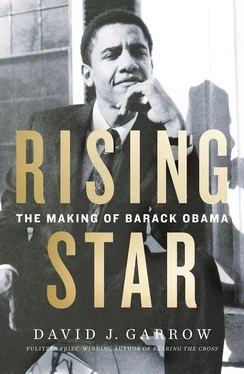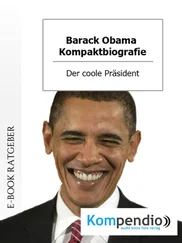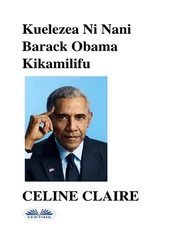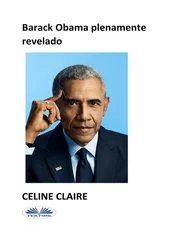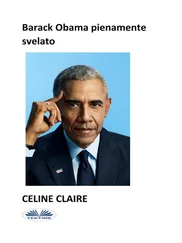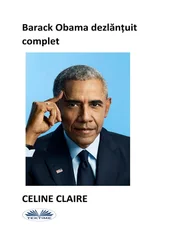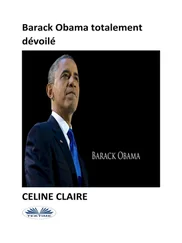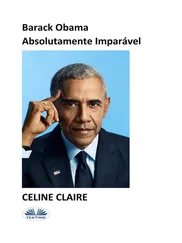In April, Roberta Lynch resigned to pursue a full-time job. CCRC continued to meet for the rest of 1981, but without even a part-time paid staffer, little meaningful outreach activity was taking place. In stark contrast, Mary and Greg’s UNO of Southeast Chicago was receiving funding commitments from multiple sources ranging from the United Way of Metro Chicago and the Chicago Community Trust to the Wieboldt Foundation and the Roman Catholic Church’s national Campaign for Human Development (CHD), a then relatively low-profile program with a social-action support mission very similar to Tom Joyce’s much smaller Claretian program. Mary also contacted Jean Rudd at the Woods Fund, and by the end of 1981 UNO had scheduled a large ceremony for May 8 to publicly launch the organization. Similarly, Frank Lumpkin and his Save Our Jobs Committee, with UNO acting as their fiscal agent, successfully approached small foundations such as the Crossroads Fund for modest support to ensure SOJC’s future. More significantly, thanks to progressive attorney and legendary former Chicago alderman Leon Despres, Frank secured the pro bono services of a savvy young attorney, Tom Geoghegan, so that from mid-1981 onward, SOJC would be an increasingly active participant in the legal arm-wrestling about liability for Wisconsin Steel’s demise. 15
Most important, by early 1982 Greg Galluzzo had added to UNO’s staff a thirty-one-year-old organizer who quickly found his way to Calumet City to introduce himself to Leo Mahon. Jerry Kellman had grown up in the New York City suburb of New Rochelle, drifted through two years of college, first in Madison, Wisconsin, and then Portland, Oregon, and by 1971 was undergoing Alinsky-style training by the Industrial Areas Foundation (IAF) staff, the truest—and most aggressive—disciples of the late community organizing guru. That training led to organizing assignments in Chicago, suburban DuPage County, Philadelphia, and Lincoln, Nebraska, where he put together a citizens coalition made up primarily of one congregation’s parishioners. By 1979, Kellman was back in Chicago and in graduate school, first at Northwestern and then at the University of Chicago. Galluzzo knew immediately that he wanted to add Kellman’s faith-based organizing expertise to UNO’s expanding work on the Southeast Side.
In February 1982, Leo told Tom Joyce, Dick Poethig, and his other colleagues about Kellman, and they agreed to invite him to CCRC’s next meeting. The organization’s bank account balance totaled $473, but UNO and the Latino Institute had Kellman’s salary covered and within four weeks Jerry, Mary, and Greg sent Leo a detailed three-page memo titled “Our Suggestions for a Church-Based Organization in the Calumet Region.” “We agree with you that the Calumet Region needs organizing if it is to avoid becoming an economic wasteland,” they wrote, but there were two essential challenges: first, “how to organize enough strength to change the situation, rather than set people up for still another defeat,” and second, “how to sustain the organizing over an extended period of time by developing the parish as a community through the organizing process.”
The trio wanted to expand UNO’s Catholic-parish-based organizing from Chicago’s Hispanic neighborhoods southward into parishes in majority-white suburban towns like Calumet City, with Kellman doing that outreach. Once a core group of at least ten parishes was organized, the effort could expand to Protestant churches. Funding for the expansion could be sought from CHD and foundations like Woods and Wieboldt, so that by 1984–85 Kellman could add staff to do “leadership development within each parish and congregation.” Then those parishes could “come together for common programs which affect the entire region. The issues start small, but grow progressively larger as the organization grows stronger and as the leaders become increasingly sophisticated.” Leadership training would be ongoing, and “the professional staff is there to share what they know, not to make the leadership dependent on them.” 16
Leo took their proposal to his CCRC colleagues, telling them, “I feel that this is the kind of direction our organization must take.” He half-humorously told his own parishioners that “the talk around Calumet City … is that the parish of St. Victor’s is openly going ‘Communist.’ ” Frank Lumpkin, the actual Communist, was continuing his work for SOJC, and the Tribune’s Richard Longworth published a moving profile of Frank and his colleagues, in which Frank estimated that five hundred former Wisconsin workers had left town, fifteen hundred were still unemployed, and twelve hundred or so, including his friend Daniel “Muscles” Vitas, had found some type of new job, Vitas as a school crossing guard.
UNO’s May 8 founding convention was “a sight of such inspiration that few will forget it,” observed Father Tom Cima, UNO’s new board chairman and pastor of Our Lady Gate of Heaven Parish in Jeffery Manor—a primarily black middle-class neighborhood located between South Chicago and South Deering. UNO and SOJC collaborated in a downtown protest at which marchers chanted “We want jobs,” and progressive Catholic clergy throughout Chicagoland—as most residents called the metropolitan area—were overjoyed when on July 10 Joseph Bernardin, the liberal archbishop of Cincinnati, was named archbishop of Chicago, succeeding the widely reviled John Patrick Cody, who had died on April 25. 17
Of seemingly lesser consequence, in the summer of 1982 Mary and Greg’s corps of southeastern Chicago organizers received a new recruit. The twenty-two-year-old Bob Moriarty had grown up in an Irish working-class Chicago suburb, and during his junior year at Northwestern University in Evanston, the town just north of Chicago, he had taken a community organizing seminar taught by a professor named John McKnight. A fifty-year-old Ohio native and navy veteran, McKnight had worked for the Chicago Commission on Human Relations, directed the Illinois chapter of the American Civil Liberties Union (ACLU), and headed up the Midwest office of the U.S. Commission on Civil Rights. In the latter role, McKnight had been in the room when Martin Luther King Jr. negotiated a much-criticized end to his 1966 civil rights protests that had roiled Chicago, and from that post, McKnight had moved to Northwestern.
Beginning in the mid-1970s, McKnight wrote a series of influential articles on how service economies reduce citizens to consumers and clients. Writing first in the Christian Century in 1975, McKnight explained that each time a social problem, or need, is identified, “citizens have an increased sense of deficiency and dependence.” Two years later, McKnight expanded on that analysis and argued that service economies “are peopled with service producers and service consumers—professionals and clients.” The former controlled the relationship, and “the client is less a person in need than a person who is needed” in order to justify the salary or income of the provider. As “the interpretation of the need necessarily becomes individualized,” it disables “the capacities of citizens to perceive and deal with issues in political terms.”
By 1979, McKnight had honed his analysis further. “A service economy needs ‘deficiency,’ ‘human problems,’ and ‘needs’ if it is to grow…. This economic need for need creates a demand for redefining conditions as deficiencies” and “the power to label people deficient and declare them in need is the basic tool of control and oppression.” As government social welfare bureaucracies expand, “the professional servicers now receive more money for their help than the recipients receive in cash grants.” Quite possibly, McKnight contended, “there are more people in Chicago who derive an income from serving the poor than there are poor people…. The welfare recipient is the raw material for the case workers, administrators, doctors, lawyers, mental health workers, drug counselors, youth workers, and police officers. Do the servicers need the recipient more than she needs them? … Who really needs whom?” McKnight believed that professionals willing to cast aside their own self-interest must commit themselves “to reallocation of power to the people we serve so that we no longer will need to serve.” 18
Читать дальше
